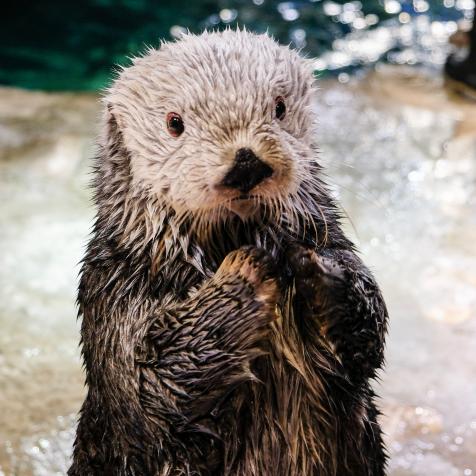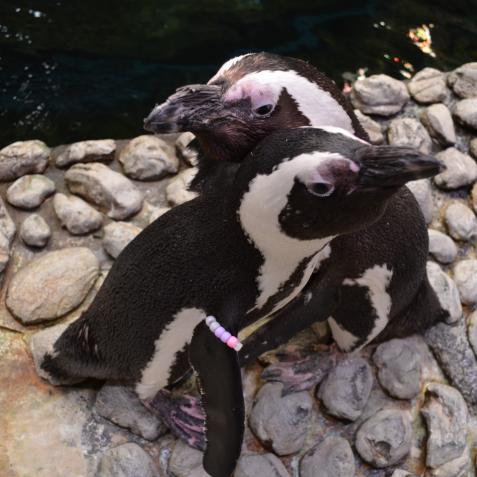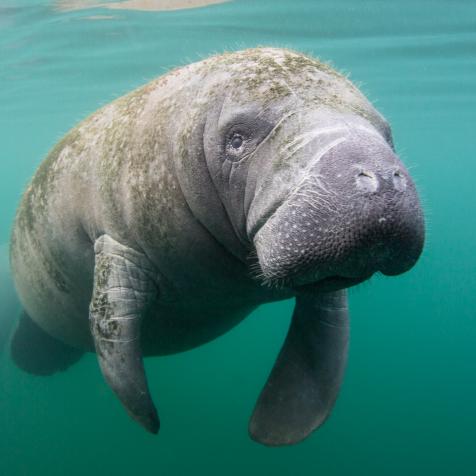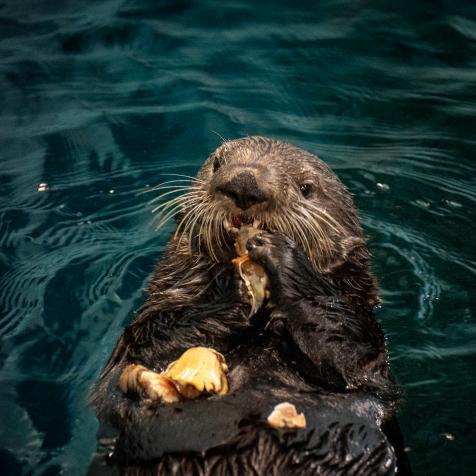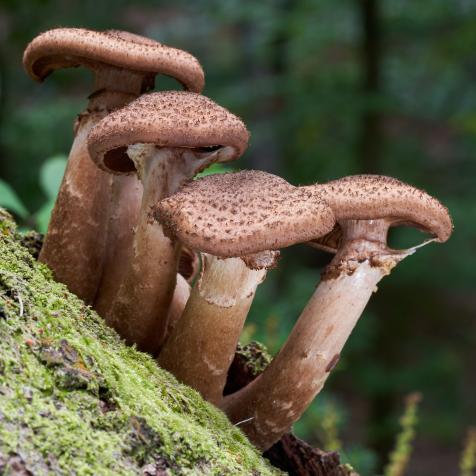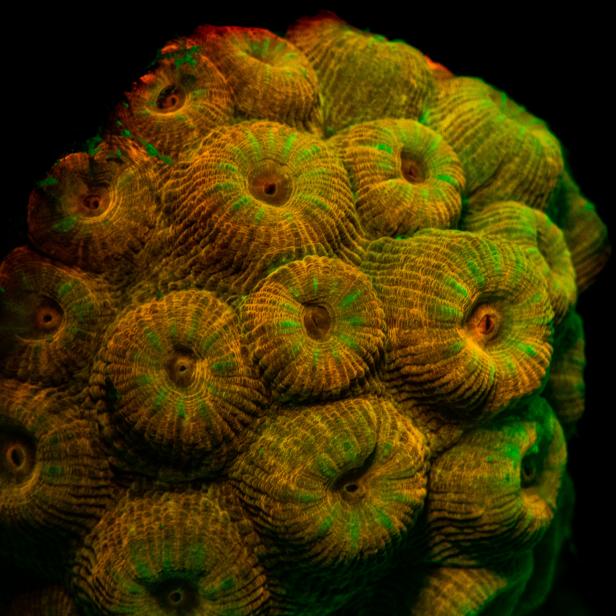
Caring for Coral at Georgia Aquarium
Georgia Aquarium is home to a variety of coral species that come in an array of different shapes and colors. The coral reef wall in Georgia Aquarium’s Tropical Diver gallery is one of the largest coral walls in any aquarium. Propagation aquarists at the Aquarium cultivate and transplant live coral from a behind-the-scenes aquaculture pool to the reef wall in their Tropical Diver gallery.
What many people do not realize is that coral is an animal, not a plant. There are two main categories of coral - hard and soft. Both hard and soft corals have tentacles that provide defense, capture food, and clean debris. The main difference between hard and soft corals is the composition of their supporting structures. Hard corals have a dense, calcium carbonate skeleton, while soft corals are held together by a jelly-like mesoglea structure (similar to that of a jellyfish).
This species is vital to the health of our oceans as they support about 25% of marine life. Unfortunately, corals are facing many threats such as rising ocean temperatures, careless water practices, coral mining, and damage from oxybenzone (a chemical found in most sunscreens). With all these challenges that coral reefs face, it is crucial to intervene and work to restore and preserve this important ecosystem. Georgia Aquarium has partnered with organizations like the Coral Restoration Foundation and the Florida Reef Tract Rescue Project to help care for and restore coral reefs.
Georgia Aquarium staff have dedicated thousands of field and laboratory hours to help give corals a chance not only to survive but to thrive in a challenging, changing environment. Preserving our ocean’s coral for the next generation is the goal that motivates Georgia Aquarium’s staff to work hard every day.
Glowing Coral and Other Marine Invertebrae from Georgia Aquarium 9 Photos
Coral are marine invertebrates that typically form compact colonies. Learn more about how Georgia Aquarium cares for its coral, and see some of the beautiful coral species that call the aquarium home.





































































